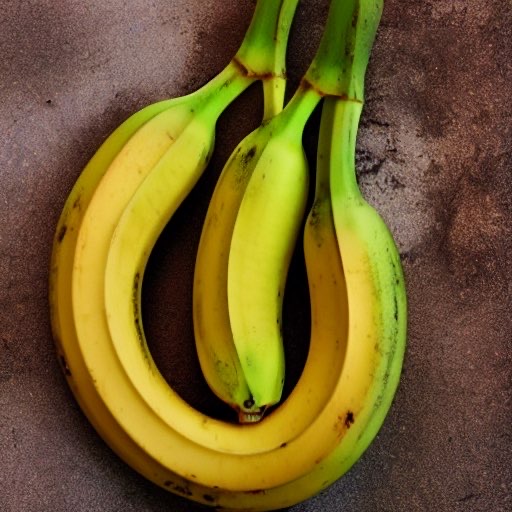I’m not a biologist, but if I understand your question correctly, you are basically looking for land-based invertebrates that also lack a hardened exoskeleton (like insects). This would basically consist of small, soft animals like snails, slugs, leeches, tardigrades, and tons of different types of worms.
The reason that you don’t see large examples of this in land-dwelling creatures is that skeletons or exoskeletons become way more necessary without a medium like the water in the ocean to help support a body. The rigid structure provides an attachment point for musculature to create the mechanical levers we use to manipulate our limbs.
Are worms like fish in that they’re not really a specific category of animal? More like an umbrella term or a broad classification?
You’ve understood it right! I wasn’t thinking of invertebrates as I was really curious if there might be something strange in-between, but given the other replies here mentioning the same, I think invertebrates may be the closest known of currently.
Would you please elaborate on your question? What do you mean by an elastic skeletal system?
Can you give an example, even if fictional?
Sort of like you see in cartoons, a terrestrial animal that could be “squished” without breaking any bones and goes back to their non-squished state. It’s something I think is more observable in aquatic life, like say octopuses that can squeeze themselves into small spaces.
While there may be examples of what you are thinking of, I think the most common solution developed by evolution is invertebrates without an exoskeleton, meaning no skeletal structure at all.
The whole point of having bones is their rigidity. Animals that don’t require a rigid structure, simply have no bones, chitin, exoskeleton or shell.
As others have pointed out, there are plenty of squishy terrestrial animals, but they don’t have flexible bones or any bones for that matter. Those that do have bones, also have cartilage, and there are many sea creatures that rely almost exclusively on it. However, I can’t think of a single terrestrial animal that would be composed of cartilage to that extent. I guess gravity opposes such ambitions, and weeds out anyone who tries to pull off a build like that.
Thanks to you & @Brokkr@lemmy.world for your replies. Not sure why but this curiosity was lingering in mind so I thought I’d put the question out there in case there might be some really unique example of such an organism.
I guess it’d have to be a very unique environment to drive such an adaptation, which would be fascinating in itself.
Biology is full of strange exceptions. As soon as you think you’ve figured out a rule that applies to something, you’ll find some obscure creature that violates that rule just to piss you off.




